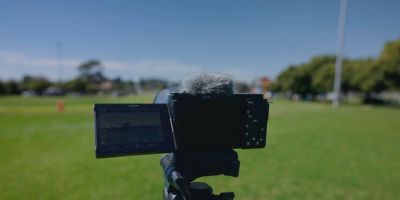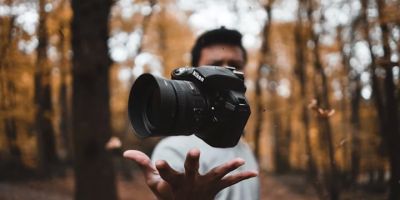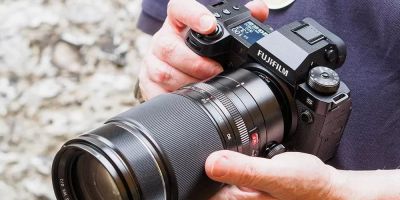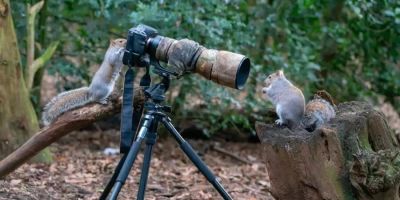- 1 - Understanding Dramatic Shadows and Light
- 2 - Essential Equipment and Camera Settings
- 3 - Techniques for Capturing Dramatic Shadows
- 4 - Using Natural and Artificial Light Sources
- 5 - Real-Life Examples and Stories
- 6 - Finding Professional Support at Photo Studio
1. Understanding Dramatic Shadows and Light
Photographing with dramatic shadows and light is about harnessing contrast to create mood, depth, and visual interest in your images. Shadows add mystery and texture, while strategic lighting highlights key elements, drawing the viewer’s eye. This style emphasizes shapes and contours, often evoking emotional responses or storytelling.
Understanding the interplay between light and shadow helps photographers manipulate scenes creatively, transforming ordinary subjects into compelling art.
2. Essential Equipment and Camera Settings
To capture dramatic shadows and light effectively, certain equipment and camera settings are crucial. A DSLR or mirrorless camera with manual controls allows precise exposure adjustments. Using a lens with a wide aperture lets in more light, helping to control depth of field.
Settings such as a low ISO reduce noise, while adjusting shutter speed controls light intake and motion blur. Utilizing spot metering helps expose for highlights or shadows specifically, ensuring balanced contrast.
3. Techniques for Capturing Dramatic Shadows
One key technique is positioning your subject relative to the light source to cast interesting shadows. Side lighting or backlighting often produces the strongest contrasts. Experimenting with angles and distances can reveal unexpected shadow shapes.
Using objects like blinds, leaves, or fabric to filter light creates patterned shadows adding layers of complexity. Playing with chiaroscuro—a technique emphasizing stark light and dark contrasts—can produce painterly effects.
4. Using Natural and Artificial Light Sources
Natural light, especially during golden hours, offers soft yet directional lighting ideal for dramatic effects. Harsh midday sun can be used intentionally for bold shadows. Alternatively, artificial lighting like strobes or lamps with modifiers (grids, snoots) grants control over shadow placement and intensity.
Combining both natural and artificial light sources expands creative possibilities, allowing you to sculpt light precisely as desired.
5. Real-Life Examples and Stories
Emma, an aspiring portrait photographer, discovered how to photograph with dramatic shadows and light by experimenting in her studio. Using a single light source and black backdrop, she created moody portraits that caught the attention of local art galleries. Her approach involved carefully adjusting light angle to sculpt facial features, producing striking depth and emotion.
Another example is a street photographer who used urban structures casting long shadows during sunset to capture dynamic, high-contrast cityscapes that tell stories of everyday life in an evocative way.
6. Finding Professional Support at Photo Studio
If you want to refine your skills or require expert advice on how to photograph with dramatic shadows and light, Photo Studio offers workshops, professional equipment rentals, and personalized coaching. Their team helps photographers of all levels unlock creative potential and master lighting techniques.
Exploring services at Photo Studio ensures you receive the guidance and resources to create visually captivating images that stand out.





